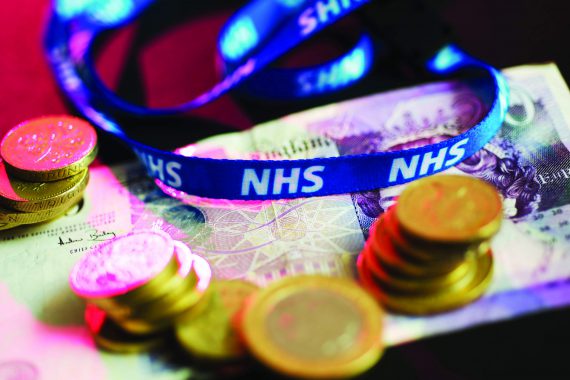Female GPs earn on average £40,000 less than male counterparts, finds report

Male GPs earn around 35% more than their female colleagues, according to new research.
A report published by the Institute for Public Policy Research (IPPR) has revealed that male GPs earn on average £40,000 more than female GPs.
The think tank’s analysis of NHS Digital data found that a male GP earns on average £110,000 per year compared with £70,000 for a female GP.
The think tank noted that one of the most significant reasons for the pay gap is the partnership model, which attracts more men and offers higher pay.
There is a higher prevalence of male GP partners – nearly 80% of male GPs take on this role, compared with just under 50% of female GPs – who benefit from a model that allows them to earn ‘significantly more’, the report said.
In addition, more women tend to work part-time than men because of the need for more flexible hours to care for children or relatives – ‘itself indication of the unequal distribution of unpaid labour in society,’ said the report.
The IPPR called on the Government to end the pay gap in general practice to ensure adequate staffing in the future.
GP leaders also said more needed to be done to close the gender pay gap, but noted partnerships could offer flexibility.
The IPPR said: ‘It is not wholly surprising that a [partnership] model, that has not radically changed since 1948, has not kept up with the evolution of social standards over the last 70 years.
‘Yet, equal pay in general practice is not just a question of fairness for staff. It is also critical to ensuring high-quality care for all in the future.’
It added: ‘General practice is currently under huge strain – with staff numbers stagnating despite government commitments to recruit more doctors.’
BMA GP Committee executive team member Dr Farah Jameel said: ‘The gender pay gap in this day and age is something that we as a society should be ashamed of, and we need to work harder to examine more closely and address the issues that lead to this in the medical profession.
‘While women now make up more than half of the GP workforce, and a far greater proportion of GP trainees, a large proportion work as salaried GPs.’
She added: ‘However, partnerships too can offer a great opportunity for flexible ways of working, which could be positive for the recruitment and retention of women, but action must first be taken to reduce the risks that put off GPs of all genders from currently taking on this role.’
Earlier this year, interim findings from a Government-commissioned gender pay gap report found male GPs earn 33% more than their female counterparts.
Pulse July survey
Take our July 2025 survey to potentially win £1.000 worth of tokens












